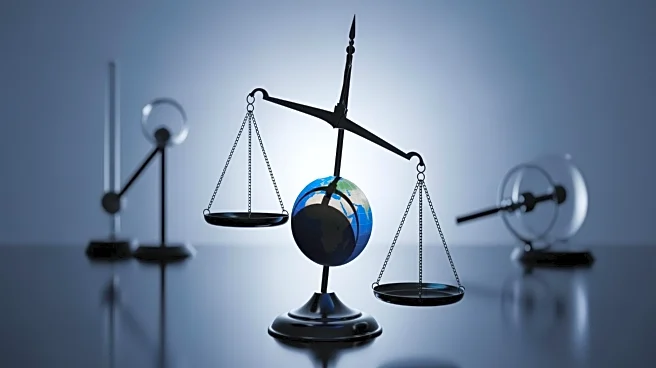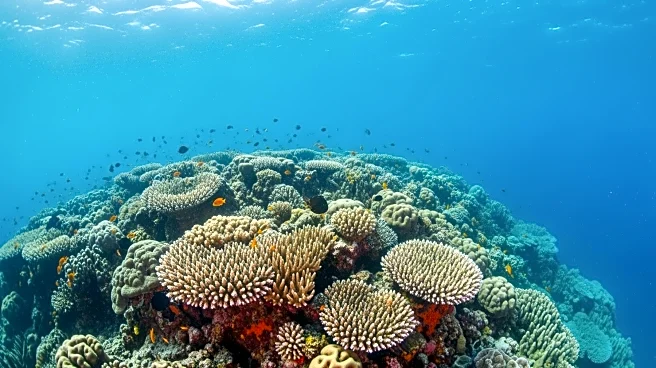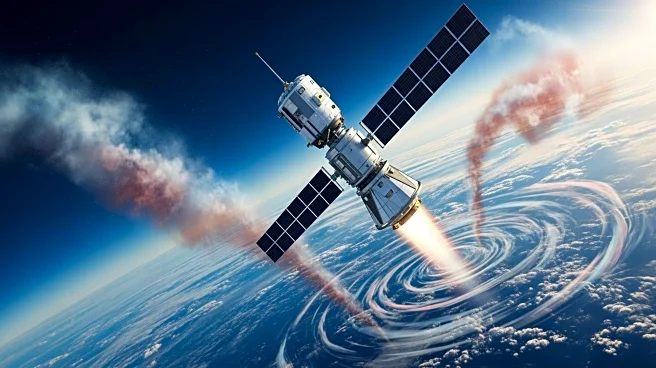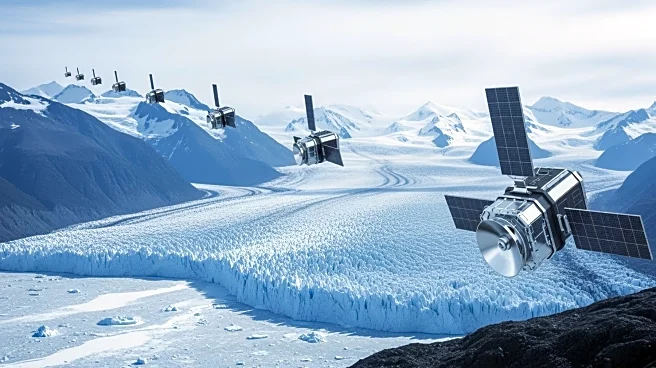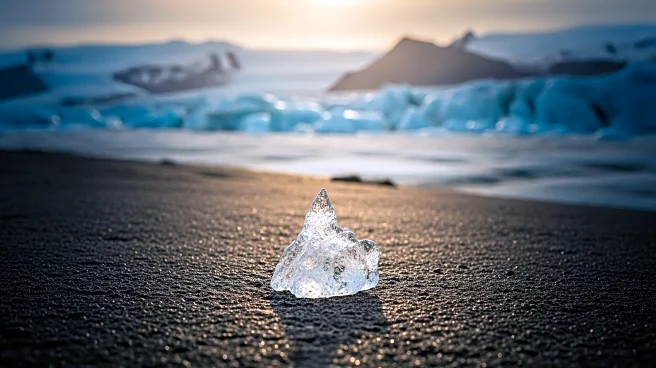What's Happening?
Recent research has raised concerns about the use of stratospheric aerosol injections (SAI) as a method to combat global warming. SAI involves dispersing tiny sunlight-reflecting particles in the atmosphere,
similar to the effects of volcanic eruptions, to cool the planet. However, a study published in Scientific Reports highlights the potential risks and unintended consequences of this approach. The research indicates that SAI could disrupt weather patterns, such as tropical monsoons and jet streams, depending on factors like the timing, quantity, altitude, and latitude of particle release. Historical data from the 1991 Mount Pinatubo eruption, which temporarily cooled the planet, also showed negative impacts like disrupted monsoon systems and ozone depletion. The study suggests that while SAI might offer temporary cooling, it could lead to acid rain, soil contamination, and other environmental issues.
Why It's Important?
The significance of this research lies in its potential impact on global climate policy and environmental strategies. As the world grapples with climate change, SAI has been considered a possible solution to mitigate rising temperatures. However, the study underscores the complexity and unpredictability of such geoengineering efforts. If implemented without careful consideration, SAI could exacerbate existing environmental challenges and create new ones, affecting agriculture, water resources, and ecosystems globally. The findings call for a cautious approach to geoengineering, emphasizing the need for coordinated international efforts and comprehensive risk assessments before pursuing such interventions.
What's Next?
The study suggests that further research and international collaboration are necessary to explore the feasibility and risks of SAI. Scientists advocate for a centralized and coordinated approach to any potential deployment of aerosol injections, which is currently unlikely given global political dynamics. The research community is encouraged to investigate alternative materials and methods that could minimize negative impacts. Policymakers and environmental organizations may need to consider these findings in future climate strategies, balancing the urgency of addressing global warming with the potential risks of geoengineering.
Beyond the Headlines
The ethical and legal dimensions of geoengineering are significant, as unilateral actions by individual countries could have global repercussions. The study highlights the importance of international governance frameworks to regulate such interventions. Additionally, the long-term implications of SAI on biodiversity and human health remain uncertain, necessitating comprehensive studies to understand the full scope of potential consequences. This research serves as a reminder of the complexities involved in addressing climate change and the need for sustainable solutions that prioritize ecological balance.


